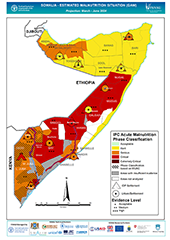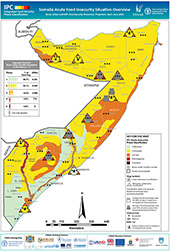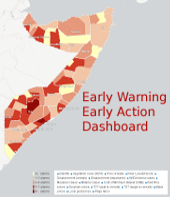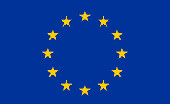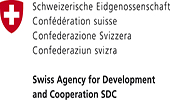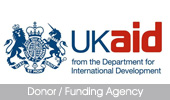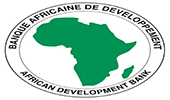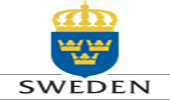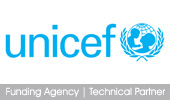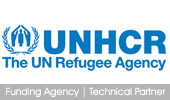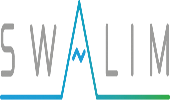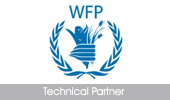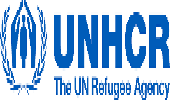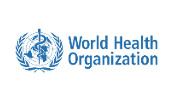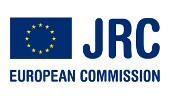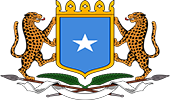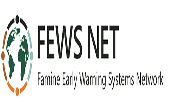Analytical Approach / Methodologies / Nutrition
Nutrition
The nutrition information component of the Food Security and Nutrition Analysis Unit has been operational in Somalia since 2000. From that time the nutrition project has been the main source of nutrition information in Somaila for response actors. In an effort to illustrate the nutrition situation in a manner helpful for response agencies and donors, the project has developed over the years, a format for analyzing the nutrition situation which results in a cartographical output. The development of this analysis framework, although led by the FSNAU Nutrition team, has also involved a consultative process with many nutrition partners in the region including, WHO, UNICEF, WFP, ACF, CONCERN, SCUK, IMC and WV. This came out of an identified need for a type of tool to describe the nutrition situation creating a contextual analysis, rather than focus on prevalence estimates and thresholds which is traditionally the case in nutrition analysis.
This framework forms the basis for the nutrition situation classification and the Estimated Nutrition Situation map and is based on international thresholds, where available, and contextually relevant analysis where not available. There are three sections to the analysis framework, A. Core/ Anthropometry Related Information, a Indicators and C. Risk/Underlying Factors. A minimum of 2 anthropometric indicators are required to make an analysis with the supporting non anthropometric indicators. Information only from the current season is used and when sufficient data is not available, this is illustrated though slash marks on the map. However historical data is used for overall contextual and trends analysis.
Twice per year, in line with the seasonal assessments post Gu (April – June) and post Deyr (October-December), the nutrition team develops an updated nutrition situation analysis at livelihood level by region and by IDP settlement. The overall analysis is consolidated into the Estimated Nutrition Situation Map. The analysis framework, below, is considered a working documents, and will be updated and refined as new information and guidance becomes available. The nutrition situation, presented by region in the download below has been developed using this framework.
Download the Nutrition Situation Categorisation Framework (PDF, 283KB)
Key Points:-
- To make a statement on the nutrition situation, a minimum of two core indicators and two risk / underlying factors are recommend ensuring a reliable analysis.
- The overall classification of the nutrition situation for a given area is done taking into account historical nutrition and contextual data. Triangulation of all indicators is also undertaken.
- It is not necessary for all the indicators to fall into one category in fact this will rarely happen, the idea is to look at the bigger picture in terms of where the indicators are currently, where they have come from and where they are likely to go to make the overall statement of the situation.
- Where possible nutrition information should be analysed at livelihood level and not at administrative level, this is the case in Somalia.
- The references or cut offs used for GAM, SAM, CMR and Immunization coverage are consistent with the international ranges. However, for many of the other indicators, agreed international ranges/ thresholds for each categorisation are lacking. As such, the various ranges have been developed following analysis of available nutrition data from Somalia.
- Other contexts may need to refine certain indicators such as dietary diversity and MUAC, currently they are based on the meta analysis of historical data from FSNAU.
- Further inclusion of indicators relating to, displacement and population concentration for displacement are required.
- The age of the data needs to be considered and ideally should be from the current season. If the data is from an earlier season this needs to be considered in the overall analysis, the reliability must be considered as it may affect the results.
- This tool should only be used by nutrition experts who have the ability to critically evaluate and contextualize nutrition information.
